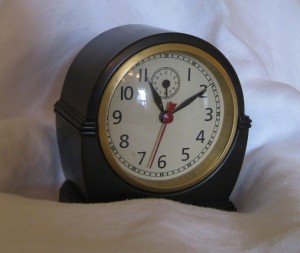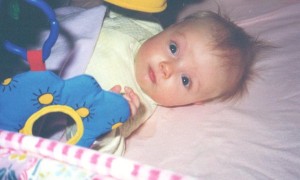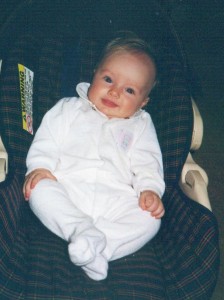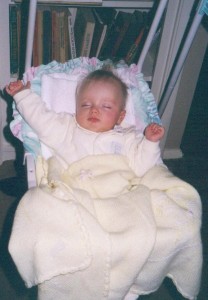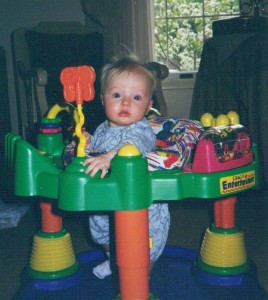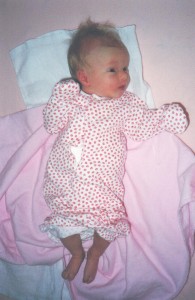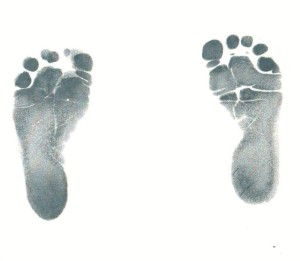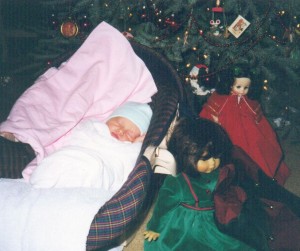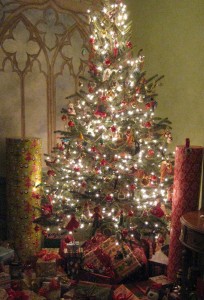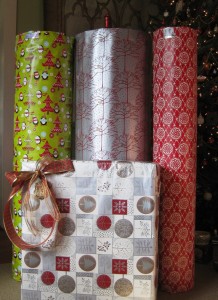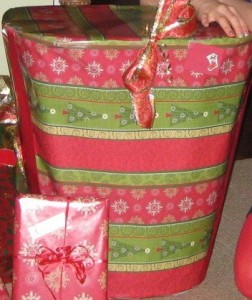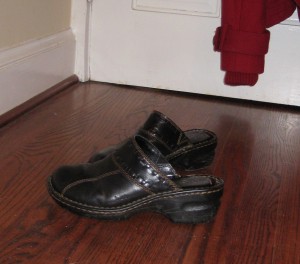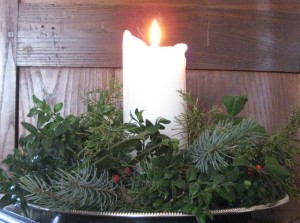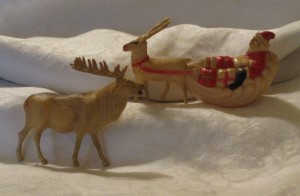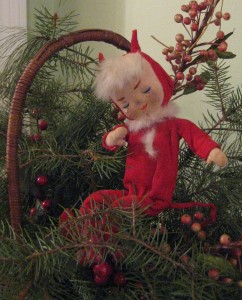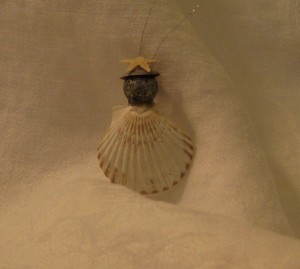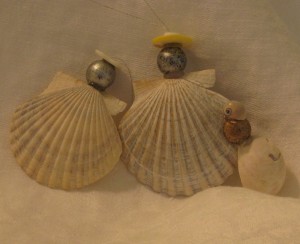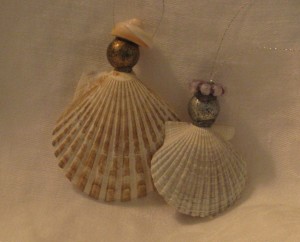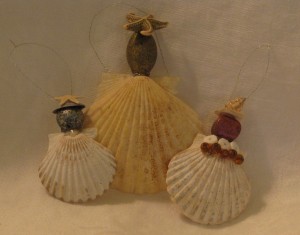As I’ve been looking back on those first few months with our baby girl, it hits me: how is it possible that thirteen years have passed in a flash?
With the busyness of the holidays, I hadn’t had much of a chance to think about our daughter’s first teen birthday. Now, in the silence of a nearly empty house, the realization is here to be reckoned with. Where did the time go?
I must be officially old, because time is most definitely whizzing past me. My husband and I have discussed how we seem always to be looking at events in the rearview mirror. Thanksgiving: way back in the distance. Decorating the house for Christmas (such a production): all done. The entire holiday season, with its daunting preparations, a flurry of family arrivals and departures: all done. Our daughter’s birthday: over, bringing with it a new year, a new number to remember to write on checks and correspondence. Taking the decorations down and boxing them up: almost done (a less enjoyable task, so it stretches out longer).
Time speeds by now like the numbers on our oven timer. As in childhood the years move at a slower pace, setting the timer for a short while takes forever, each five-second interval requiring its own finger punch. Suddenly, though, the digits are flying by in a blur. The roast is set to cook for thirteen hours.
The ever-accelerating passage of time is a threadbare topic, a conversational fallback that I remember considering more tiresome than the weather. But now my comments about time’s bewildering flight come pouring forth unbidden and unwanted. My baby has become a teenager, in what seems like the span of a few months. I don’t want a return to the baby phase, but I would like to know how all the stages zipped by with such haste.
Another symptom of my advancing age is that, against my better judgment, I persist in noting the rapidly increasing height of every child I know. My goodness, how you’ve grown! I can’t believe how tall you are! My daughter typically appears more willowy after a night’s sleep. She and her friends are growing like the pokeweed that nearly took over our back porch one summer. I found similar comments particularly tedious when I was young. They’re equally irksome when I say them. But they are true, and the situation begs to be acknowledged.
I take some solace in the fact that I do not ask this question of children and teenagers: Do you have a boyfriend? A girlfriend? At least I don’t ask it yet. As a girl I was bombarded with that exasperating question by distant family members during visits to Kentucky. I guess it was the only remark that came to mind. There was no satisfactory answer. “No” signified that I was unpopular and deserving of their sympathy. “Yes” meant more questions to follow: What’s his name? How old is he?. . .His name is Marcus Aurelius and he’s 35! Oh, who cares? You’ll never meet him!
Time flies, the kids are growing like weeds, and I’m getting older at the same pace. I may blubber on about such truths, but I haven’t surrendered my life entirely to cliché. At least not for the fleeting nanosecond that is now.

